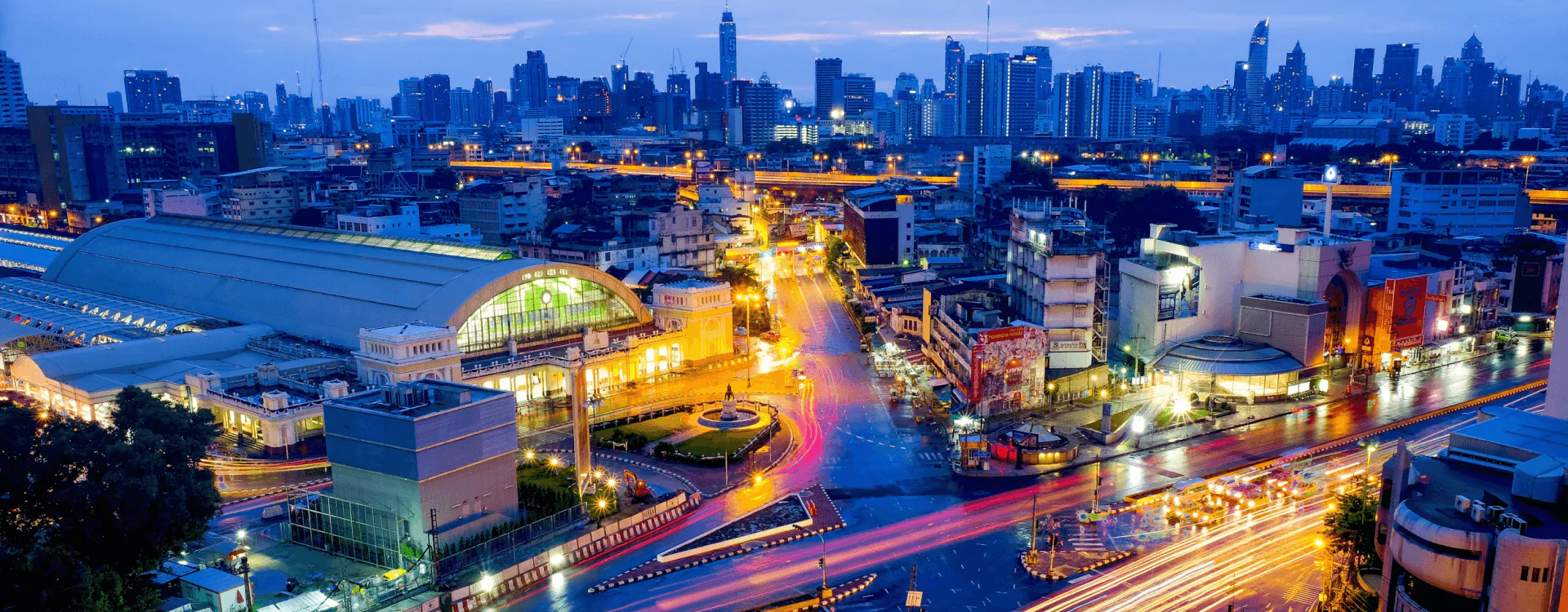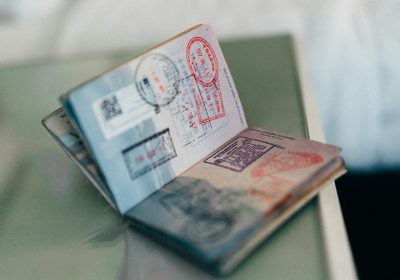Let’s be real—nobody wants to get ripped off on vacation. Whether you’re here for surf, temples, jungle yoga, or just to unwind in a beach club with a Bintang in hand, knowing how money works in Bali will save you time, stress, and possibly a chunk of your travel budget.
So, here’s a practical breakdown of how to handle your cash in Bali, where to get it, when to use your card, and the kind of scams to look out for (because yep, they do happen).
First Things First: What’s the Currency?
Bali uses the Indonesian Rupiah (IDR). Get ready for some big numbers. A basic local meal might cost you 25,000 rupiah. Sounds like a fortune—but it’s actually less than $2 USD.
You’ll see these bills most often:
- 1,000 | 2,000 | 5,000 | 10,000
- 20,000 | 50,000 | 100,000
100,000 IDR is the biggest note—roughly $6–$7 USD depending on the exchange rate.
Pro tip:
The red 100K and the pink 10K look kinda similar in dim lighting. Don’t mix them up, especially when you’re tipping or paying in a hurry.
Should You Bring Cash or Use an ATM?
ATMs are easy to find in most parts of Bali—Ubud, Seminyak, Canggu, Sanur, and even some remote spots. But not all ATMs are equal.
Here’s how to play it safe:
- Stick to bank-branded ATMs like BCA, Mandiri, BNI, or CIMB. These are more secure and generally don’t mess with your card.
- Avoid random standalone ATMs in convenience stores or sketchy side alleys. Those are more likely to be tampered with (think card skimmers).
- Always check the machine before using it. Wiggle the card slot and cover your PIN. If anything looks dodgy, walk away.
Fees & Limits
- ATMs usually charge a small withdrawal fee. Most foreign cards can take out between 1 to 3 million rupiah in one go (roughly $70–$200).
- Your home bank may also add their own fee, so it’s best to take out larger amounts less often.
Exchanging Cash in Bali—Where to Go and Where to Avoid
If you’re carrying USD, AUD, EUR, or similar, you can exchange it easily around town. But be careful where you go.
Good options:
- Authorized money changers with clear signage, glass counters, and printed rates.
- Banks (though sometimes the process is slow).
- Airport exchange counters—not the best rates, but okay for small amounts on arrival.
Avoid:
- Places with tiny print, confusing rates, or “too good to be true” exchange offers.
- Any shop that doesn’t let you count your money in front of them.
Must-do:
Count your bills on the spot. Twice. Some dodgy changers are known for sleight-of-hand tricks.
Cash or Card? Here’s the Real Deal
A lot of Bali still runs on cash. Especially:
- Local warungs (family-owned food spots)
- Markets
- Taxi drivers
- Smaller shops
- Street food stalls
- Temple donations
You’ll want to carry a mix of small and medium bills. Many places won’t have change for 100K.
Cards, on the other hand, are accepted at:
- Most hotels and resorts
- Upscale restaurants and beach clubs
- Larger boutiques and supermarkets
- Some spas and tour operators
Heads up:
Some places charge a 2–3% extra fee for card payments, especially if you’re using international cards. Always ask first.
Common Money Scams in Bali (And How to Dodge Them)
Bali is generally super safe, but scams targeting tourists still happen. Most aren’t dangerous—just sneaky. Here’s what to watch out for:
1. ATM Skimming
Someone installs a fake device on the ATM to steal your card info.
How to avoid it: Stick with machines at actual bank branches or inside malls. Cover your PIN. If anything looks off, skip it.
2. Short-changing
You hand over 100K and expect 60K back. You get 40K—or worse, they slip you old or ripped bills.
Solution: Count your change. Out loud. In front of them.
3. Money Changer Tricks
Some fake money changers will show you one rate, then hand you a stack of bills that looks right but is missing a few notes.
Solution: Use only reputable, licensed changers. Don’t be lured by crazy-high rates. And count everything before you leave the counter.
4. “Oops, No Change”
You give a big bill and they “don’t have change.” Suddenly your iced coconut costs 100K.
Tip: Always carry small denominations—especially 10K and 20K bills.
Apps & E-Wallets That Work in Bali
Locals love apps like GoPay, OVO, and Dana. As a tourist, though, using these apps can be tricky unless you have an Indonesian phone number.
But you can use international wallets like:
- Apple Pay / Google Pay at some modern cafés and hotels
- Wise or Revolut for travel-friendly currency cards
They work well for ATM withdrawals and tend to offer better exchange rates than your home bank.
Extra Tips for Handling Money in Bali
- Let your bank know you’re traveling to Indonesia before your trip. Avoid frozen cards.
- Keep a backup card in a separate place. If one gets eaten by a machine (yep, it happens), you’ve got a Plan B.
- Use a crossbody bag or money belt when moving through crowded areas or markets.
- Don’t flash big bills. Just like anywhere else, it’s better to be discreet.
Money stuff can be annoying when you travel, but in Bali, it doesn’t have to be. A little prep goes a long way. Stick with bank ATMs, avoid too-good-to-be-true money changers, split your cash, and carry enough small bills to get you through the day.
If you’re smart with how you handle your cash and card, you’ll save money—and avoid the headache of hunting for a working ATM with a crowd behind you.
Enjoy Bali, eat all the nasi campur you can, and don’t forget to tip your driver (10K–20K is plenty).





















